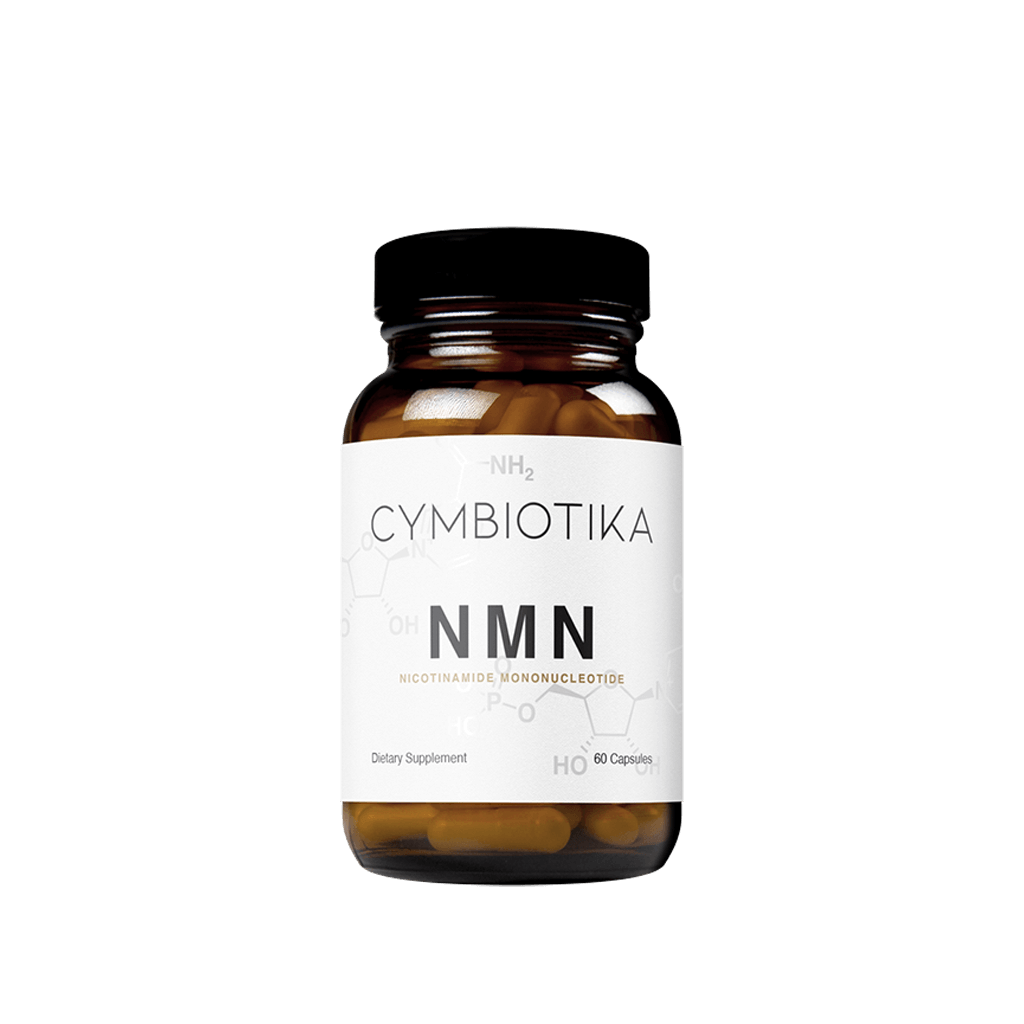Ever wondered if your cells are fueling your vitality to the fullest? Meet your mighty mitochondria!

The mitochondria are tiny organelles inside our cells that are responsible for the production of cellular energy. Often referred to as the “battery” or “powerhouses of our cells”, these organelles convert the fuel from the food we eat and oxygen from the air we breathe into adenosine triphosphate (ATP) - the main energy currency used by our cells to run our day-to-day processes like growth and movement.
ATP molecules carry energy in their chemical bonds and this energy is released for use as the bonds are broken. The mitochondria then recycle ATP, converting it back into its active form. A byproduct of mitochondrial ATP production is the generation of free radicals which cause oxidative damage to cells and damage the DNA and membranes of mitochondria. One way to counteract this damage by increasing our intake of antioxidants, both through diet and supplementation.
The health and function of our mitochondria determine how we feel at any given moment. They produce the energy to help us get out of bed in the morning. They provide our muscles with the energy to enable us to move and lift weights. They provide our brain with the fuel to concentrate on tasks and retain new information.
As we age, the number and function of our mitochondria naturally declines and the symptoms typically seen with ageing appear including low energy, muscle loss, weight gain and poor cognition and memory.

Mitochondrial dysfunction may also happen prematurely as a result of mutations in mitochondrial DNA which are inherited maternally or as a result of toxin exposure and poor diet and lifestyle. There are a number of chronic health conditions associated with mitochondrial dysfunction including chronic fatigue syndrome, fibromyalgia, diabetes, Alzheimer’s disease, autism, Parkinson’s disease, cardiovascular disease, cancer and mental illness.
The good news, we can protect our mitochondria and slow down the aging process by changing how we eat and the lifestyle we live.
How to take care of your mitochondria?
1. Lower inflammation
Adopt an anti-inflammatory diet rich in colourful antioxidant-rich vegetables and fruit, especially sulphur-rich vegetables such as broccoli, cauliflower and Brussels sprouts are particularly supportive to our mitochondria as they aid the production of glutathione, the body’s most potent antioxidant and also support liver detoxification.
Include foods high in healthy fats such as avocados, walnuts, flaxseed, olive oil, coconut, fatty fish (e.g. wild caught salmon, sardines and anchovies), egg yolk and grass-fed meats.
Avoid inflammatory foods such as refined sugar, refined grains (e.g. white flour) and vegetable seed oils (e.g. canola, sunflower, soybean).
2. Lower exposure to toxins
Exposure to environmental toxins like heavy metals lead and mercury depletes our glutathione levels, which makes the mitochondria prone to oxidative damage. Choosing organic foods, filtering your water and using natural cleaning products and personal care products are just a few steps you can take to lower your toxic load.
3. Improve the quality of your sleep
Poor sleep quality has been linked to mitochondrial dysfunction. As we sleep, the mitochondria in our brain cells remove cellular waste, so poor sleep means a build up of toxins which damage our mitochondria and brain cells. Ways to improve your sleep quality include reducing your exposure to blue light from screens, having a regular sleep/wake cycle and avoiding stimulants like caffeine later in the day.
4. Exercise regularly
When we exercise, our demand for energy increases which triggers our mitochondria to replicate and produce more energy. Studies have identified that hiigh intensity interval training (HIIT) can increase the mitochondrial content of skeletal muscle cells, improving overall energy production.
5. Expose yourself to red light
The red light wavelengths from natural sunlight are more concentrated in the morning and early evening and enhance energy production by increasing the number and function of our mitochondria. Another way to increase your red light exposure is with photobiomodulation (PBM) therapy - the therapeutic application of concentrated red light to the body.
PBM Red Light Therapy & Energy
Red Light Therapy boosts cellular energy production through a photochemical reaction which is similar to photosynthesis in plants. This reaction involves the tiny energy-producing organelles inside our cells known as mitochondria. Dive deeper into this topic in our journal article PBM & Energy that you can find here.
Book your next PBM Red Light Therapy session here






